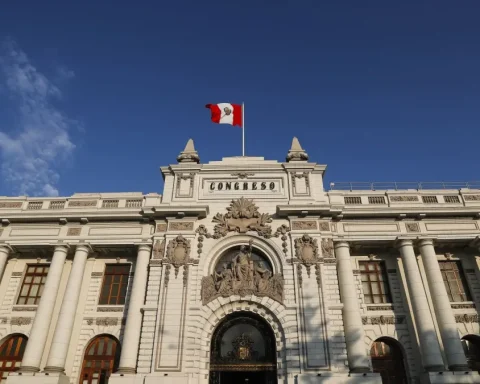On a day of correction in the international market and in the midst of expectations around domestic interest rates, the dollar’s price had its first rise after eight consecutive declines. The stock market fell, pressured by the change of command at Petrobras.
The commercial dollar ended Monday (28) sold at R$4.773, up by R$0.025 (+0.53%). The price reached R$ 4.81 at the highest of the day, just before 12:00, but slowed down during the afternoon.
Despite today’s result, the dollar accumulates a fall of 7.43% in March and 14.41% in 2022.
In the stock market, the day was also marked by tension. The B3 Ibovespa index closed at 118,738 points, down 0.29%. The indicator even dropped 0.86% at the worst moment of the session, around 11:20 am, and operated close to stability during the afternoon, but ended lower, influenced by Petrobras shares, the most traded on the stock exchange.
Until the market closed, the change of command of the president of Petrobras, Joaquim Silva e Luna, had not yet been confirmed. News about the dismissal, however, began to circulate close to closing time, influencing the state company’s actions.
Petrobras’ common shares (with voting rights at a shareholders’ meeting) fell 2.97%. Preferred shares (with preference in the distribution of dividends) dropped 2.41%.
The global financial market had a correction day. The dollar appreciated all over the world, with investors betting that the Federal Reserve (Fed, US Central Bank) may intensify the pace of interest rate hikes because of the war between Russia and Ukraine. International oil prices fell 7% after the China announce lockdown in the Shanghai metropolitan area because of the increase in Covid-19 cases.
In the domestic market, statements by the president of the Central Bank, Roberto Campos Neto, that the monetary authority may end the cycle of high interest rates in May put upward pressure on the dollar. At an event at the end of last week, he said that the BC could stop the rise in the Selic (basic interest rates for the economy) when the rate reaches 12.75% per year, which is expected to occur at the next meeting of the Policy Committee. monetary.
*With information from Reuters















